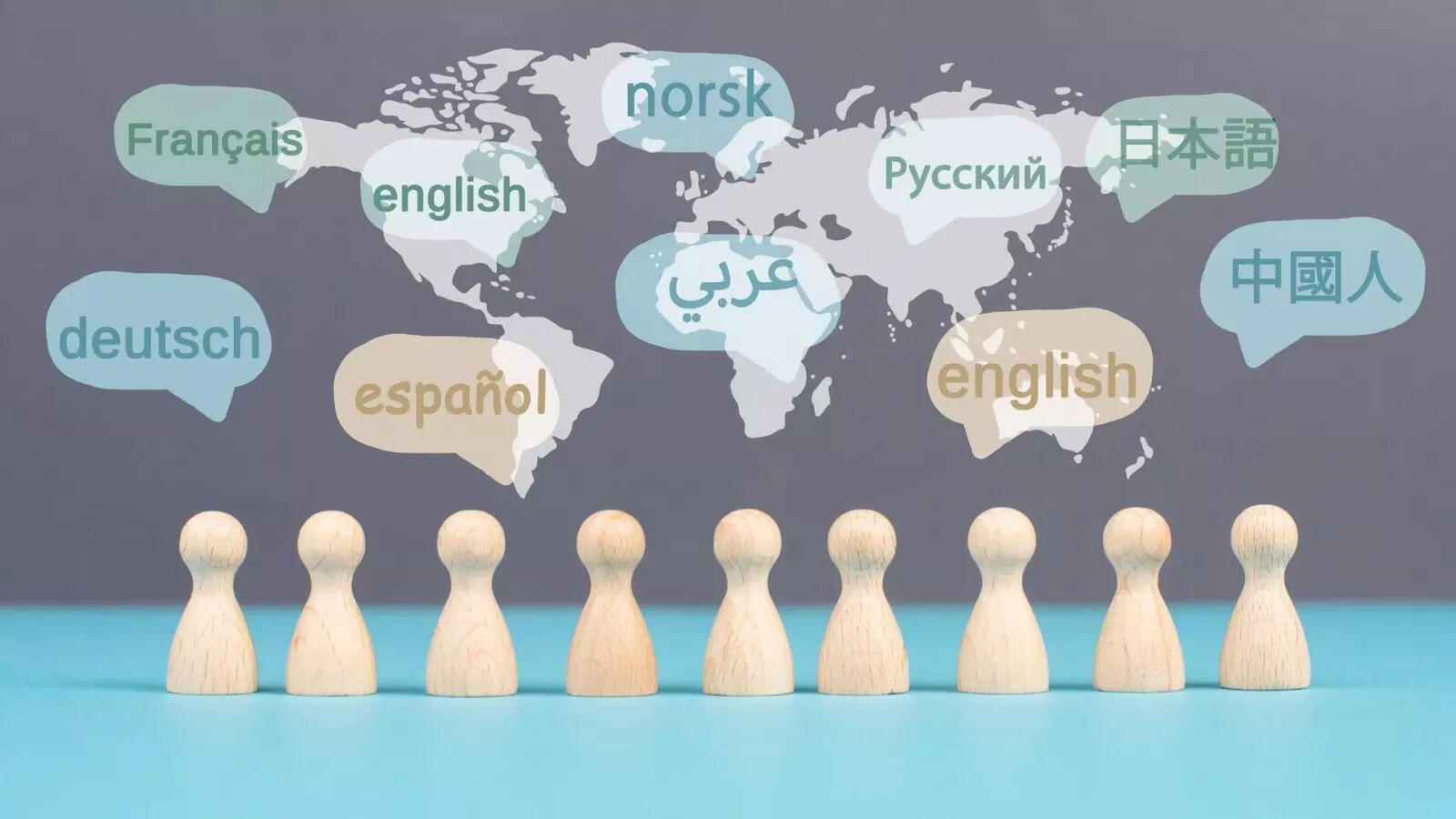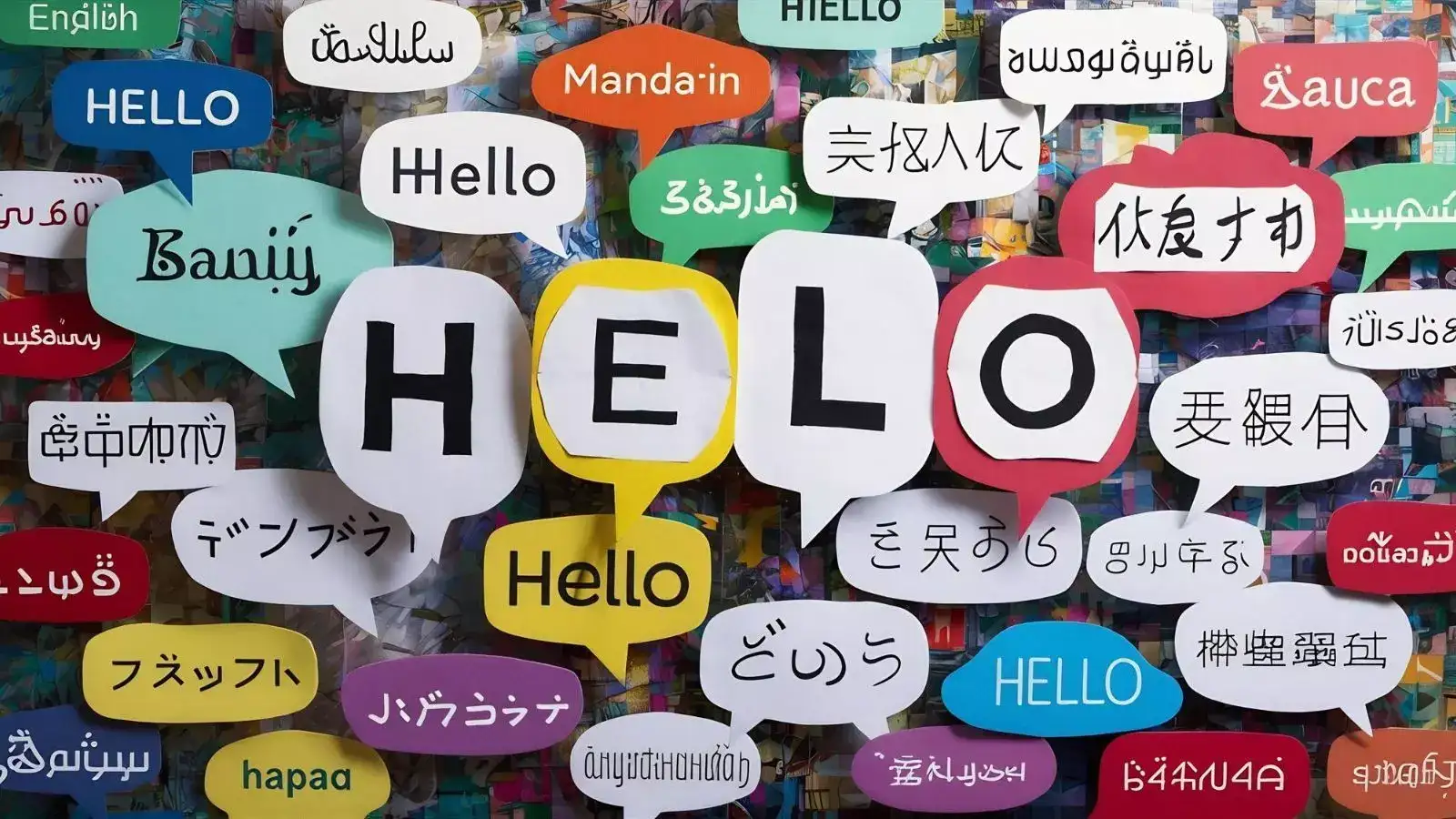World’s Most Spoken Languages – Two Indian Languages Make The Cut
Languages connect people across the globe, enabling communication, culture sharing, and global interaction. While English dominates as the most widely spoken language, other languages also have huge global reach. Interestingly, two languages from India have made it to the list of the world’s most spoken languages .

English: English remains the most spoken language worldwide, with roughly 1.5 billion people using it. Only around 390 million are native speakers; the rest use it as a second language, making English a key tool for international communication.
Mandarin (Chinese): Following English, Mandarin boasts 1.1 to 1.2 billion speakers. It is the most spoken native language globally, dominating China and nearby regions.
Hindi : With about 609 million speakers, Hindi is India’s most spoken language. Its reach has extended globally due to the Indian diaspora, making it a significant language internationally.

Spanish : Spanish is spoken by approximately 560 million people, across Spain, Latin America, and the United States. It is the second most used language on the Internet after English.
Arabic: Spoken by 330 to 420 million people, Arabic spans from Morocco to the Persian Gulf. Regional dialects vary widely, making it a diverse language.

Bengali : Around 280 million people speak Bengali, the primary language of Bangladesh and India’s West Bengal state.
Portuguese: Approximately 264 million people speak Portuguese, mainly due to Brazil’s cultural influence in music, cinema, and global trade.
Russian: Russian has around 255 million speakers and is crucial in science, technology, and space research.

Urdu: Spoken by about 238 million people, Urdu has prominence in Pakistan, India, and parts of the Middle East, with a rich literary and cultural history.
These languages reflect the diversity and cultural richness of the world, highlighting the global influence of communication and heritage.


English: English remains the most spoken language worldwide, with roughly 1.5 billion people using it. Only around 390 million are native speakers; the rest use it as a second language, making English a key tool for international communication.
Mandarin (Chinese): Following English, Mandarin boasts 1.1 to 1.2 billion speakers. It is the most spoken native language globally, dominating China and nearby regions.
Hindi : With about 609 million speakers, Hindi is India’s most spoken language. Its reach has extended globally due to the Indian diaspora, making it a significant language internationally.

Spanish : Spanish is spoken by approximately 560 million people, across Spain, Latin America, and the United States. It is the second most used language on the Internet after English.
You may also like
- 'Put katta on Congress's head': PM Modi on how RJD got oppn to accept Tejashwi as CM face; says MGB parties will 'break each other's heads' after polls
- Pankaj Tripathi's mother passes away in actor's hometown, family mourns the loss
- Himachal Pradesh govt to upgrade diagnostic facilities with investment of Rs 213.75 crore
- Integrated court complexes being built in 10 dists: UP CM at National Law University's convocation ceremony
- Bihar polls: PM Modi slams Rahul Gandhi for calling BJP's Chhath Puja celebrations a "drama"
Arabic: Spoken by 330 to 420 million people, Arabic spans from Morocco to the Persian Gulf. Regional dialects vary widely, making it a diverse language.

Bengali : Around 280 million people speak Bengali, the primary language of Bangladesh and India’s West Bengal state.
Portuguese: Approximately 264 million people speak Portuguese, mainly due to Brazil’s cultural influence in music, cinema, and global trade.
Russian: Russian has around 255 million speakers and is crucial in science, technology, and space research.

Urdu: Spoken by about 238 million people, Urdu has prominence in Pakistan, India, and parts of the Middle East, with a rich literary and cultural history.
These languages reflect the diversity and cultural richness of the world, highlighting the global influence of communication and heritage.









